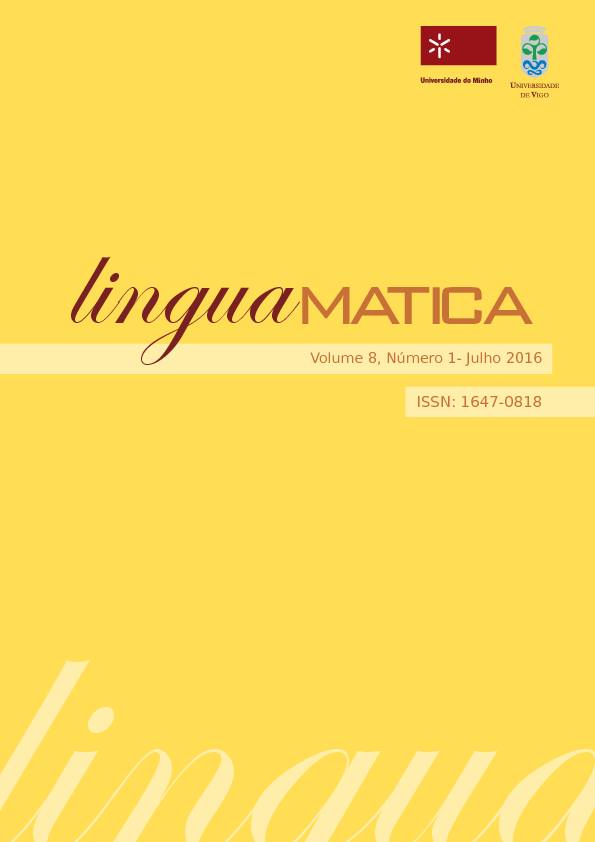Compiling Specialised Comparable Corpora. Should we always trust (Semi-)automatic Compilation Tools?
Abstract
Decisions at the outset of compiling a comparable corpus are of crucial importance for how the corpus is to be built and analysed later on.
Several variables and external criteria are usually followed when building a corpus but little is been said about textual distributional similarity in this context and the quality that it brings to research. In an attempt to fulfil this gap, this paper aims at presenting a simple but efficient methodology capable of measuring a corpus internal degree of relatedness. To do so, this methodology takes advantage of both available natural language processing technology and statistical methods in a successful attempt to access the relatedness degree between documents. Our findings prove that using a list of common entities and a set of distributional similarity measures is enough not only to describe and assess the degree of relatedness between the documents in a comparable corpus, but also to rank them according to their degree of relatedness within the corpus.
Authors who publish with this journal agree to the following terms:
- Authors retain copyright and grant the journal right of first publication with the work simultaneously licensed under a Creative Commons Attribution License that allows others to share the work with an acknowledgement of the work's authorship and initial publication in this journal.
- Authors are able to enter into separate, additional contractual arrangements for the non-exclusive distribution of the journal's published version of the work (e.g., post it to an institutional repository or publish it in a book), with an acknowledgement of its initial publication in this journal.
- Authors are permitted and encouraged to post their work online (e.g., in institutional repositories or on their website) prior to and during the submission process, as it can lead to productive exchanges, as well as earlier and greater citation of published work (See The Effect of Open Access).













